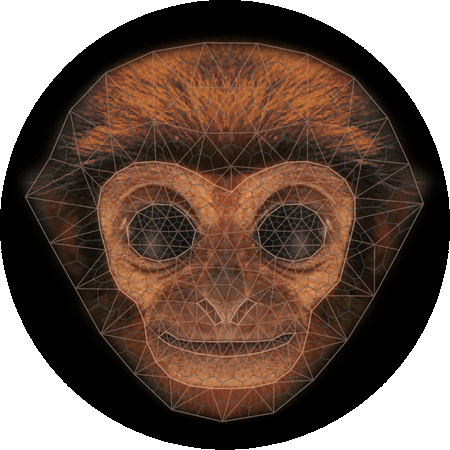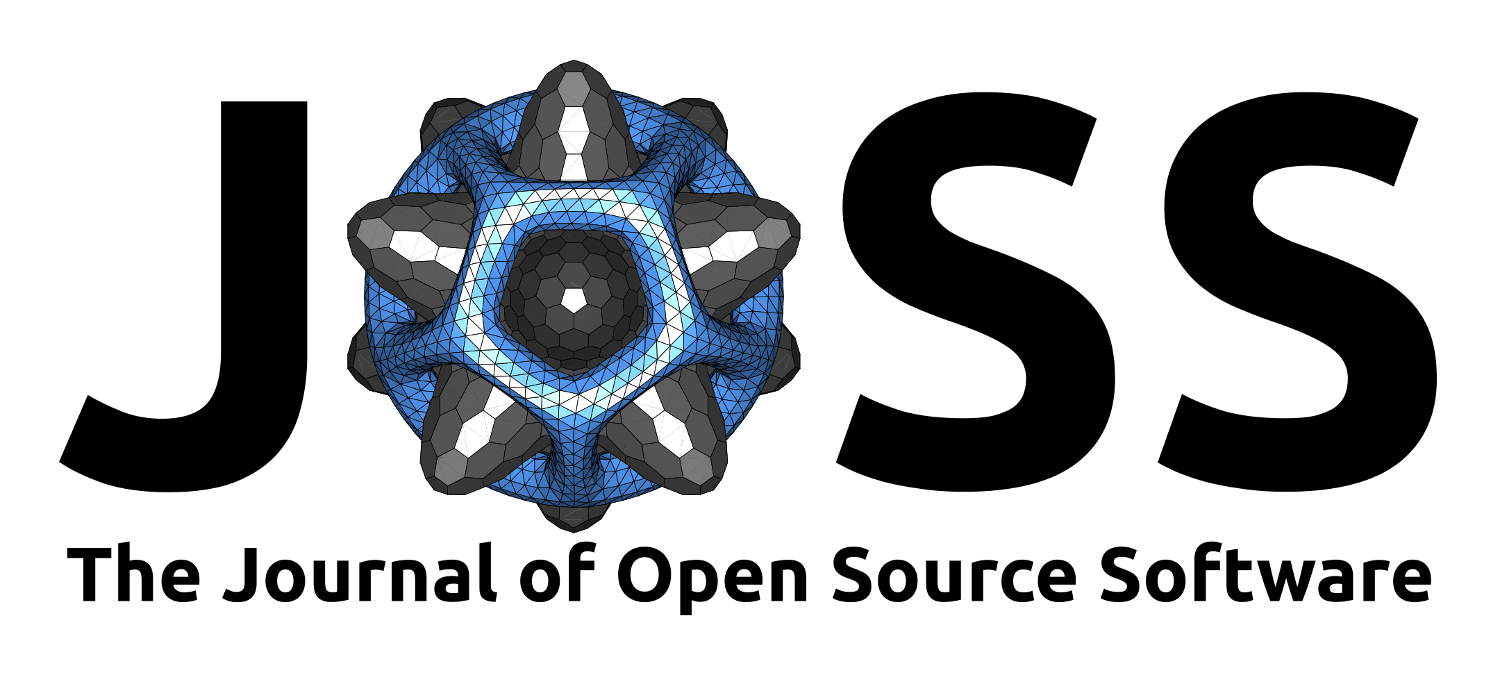About GIBBON
Project summary
GIBBON (The Geometry and Image-Based Bioengineering add-On) is an open-source MATLAB toolbox by Kevin M. Moerman and includes an array of image and geometry visualization and processing tools and is interfaced with free open source software such as TetGen, for robust tetrahedral meshing, and FEBio for finite element analysis. The combination provides a highly flexible image-based modelling environment and enables advanced inverse finite element analysis.
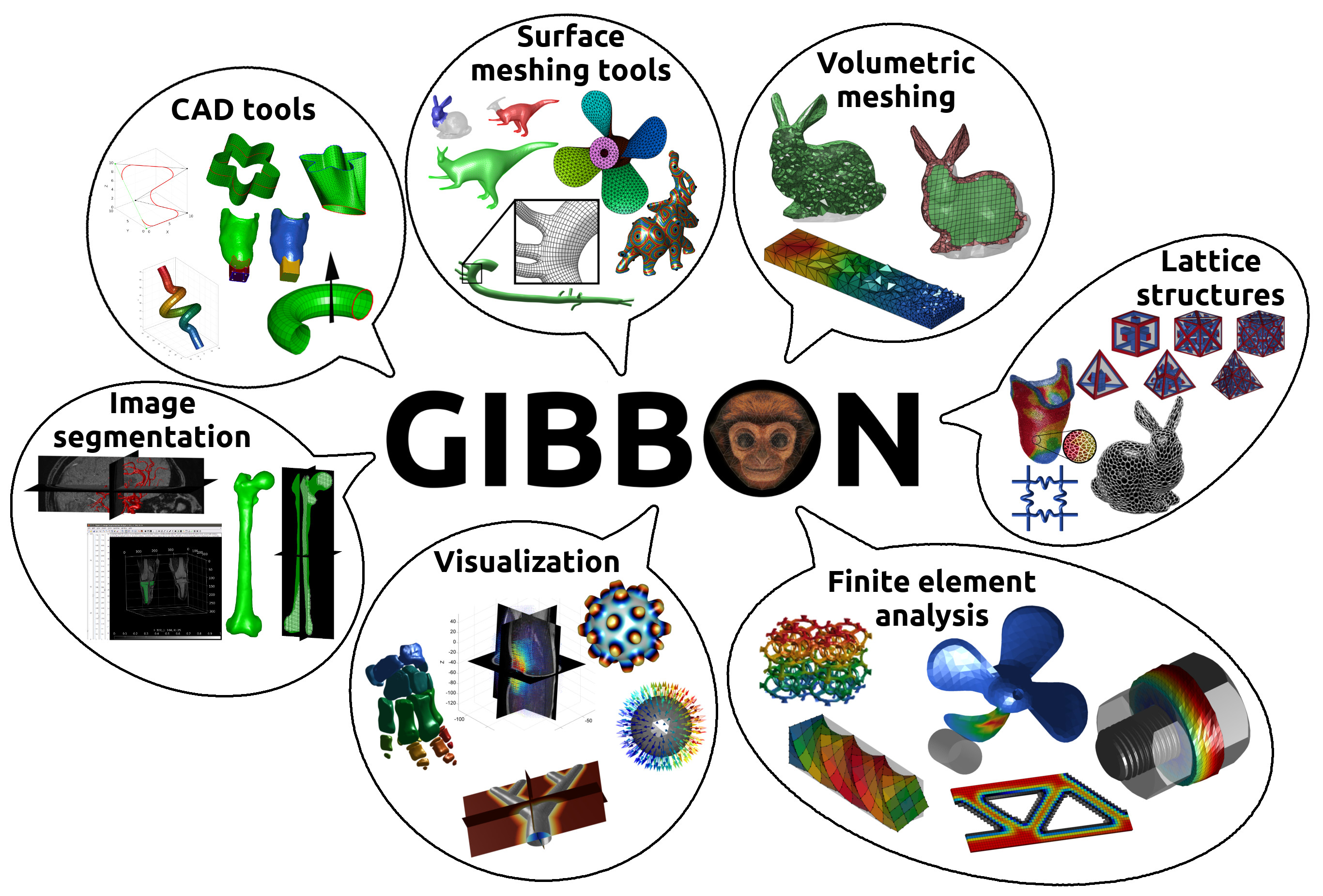
Application highlights
- Segmentation
- Computer Aided Design (CAD) tools
- Surface meshing tools
- Volumetric meshing
- Lattice structures
- Finite element analysis
- Visualization
Segmentation
GIBBON offers image filtering and smoothing methods, and has a graphical user interface for 3D image segmentation (HELP_imx.m). The segmented image data can be converted to 3D surface models (DEMO_imx_levelset_surface_compare) which can be meshed for FEA (HELP_runTetGen).
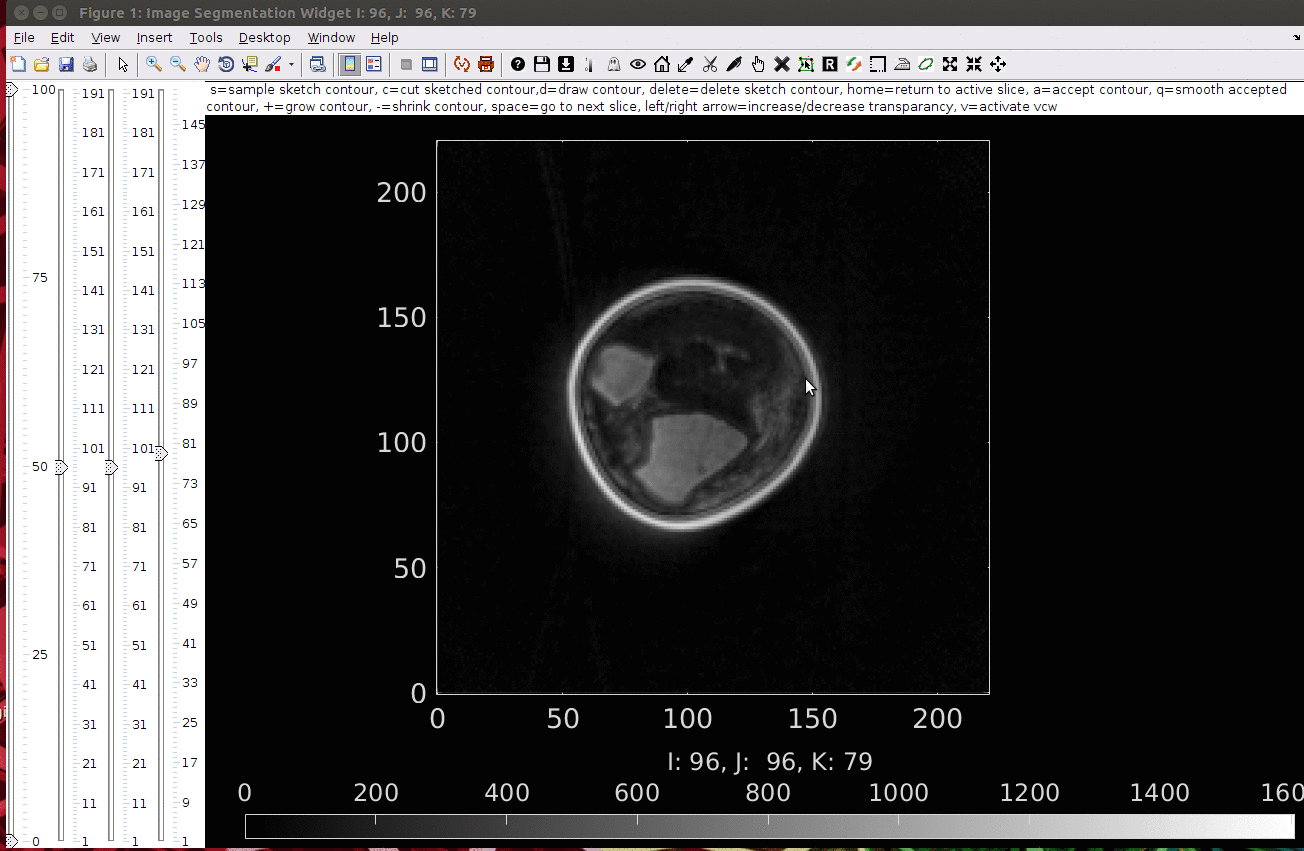
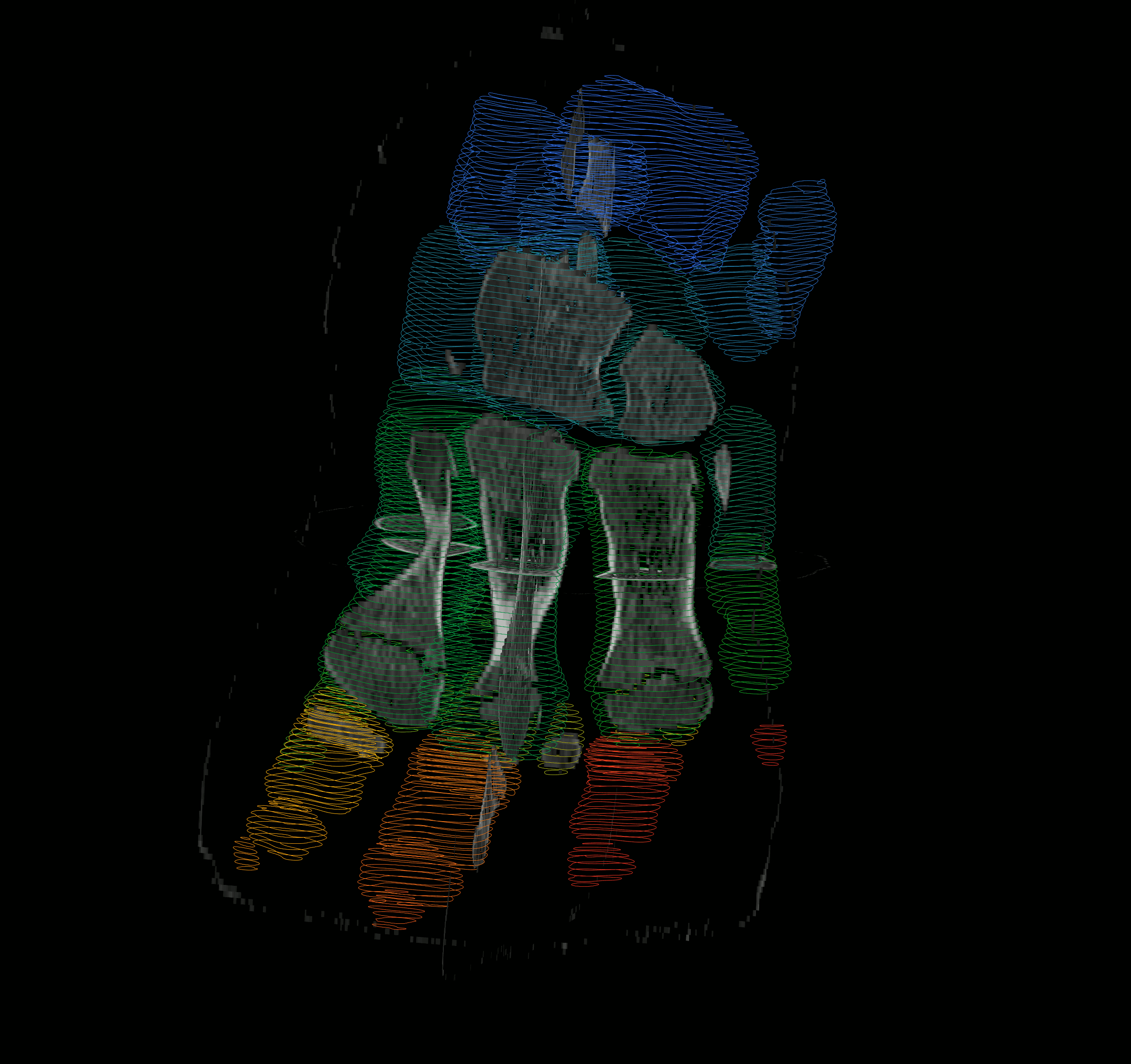

Computer Aided Design (CAD) tools
Using GIBBON, geometry can be imported from common mesh based CAD files (such as STL, HELP_import_STL). For generating geometries within MATLAB®, GIBBON also provides several CAD-style commands such as polygon rounding (HELP_filletCurve), revolution (HELP_polyRevolve), extrusion (HELP_polyExtrude), and sweeping and lofting (HELP_polyLoftLinear and HELP_sweepLoft). Simple geometries such as spheres (HELP_geoSphere), boxes (HELP_quadBox), platonic solids (HELP_platonic_solid), and rhombic dodecahedra (HELP_rhombicDodecahedron) can also be directly created using GIBBON.
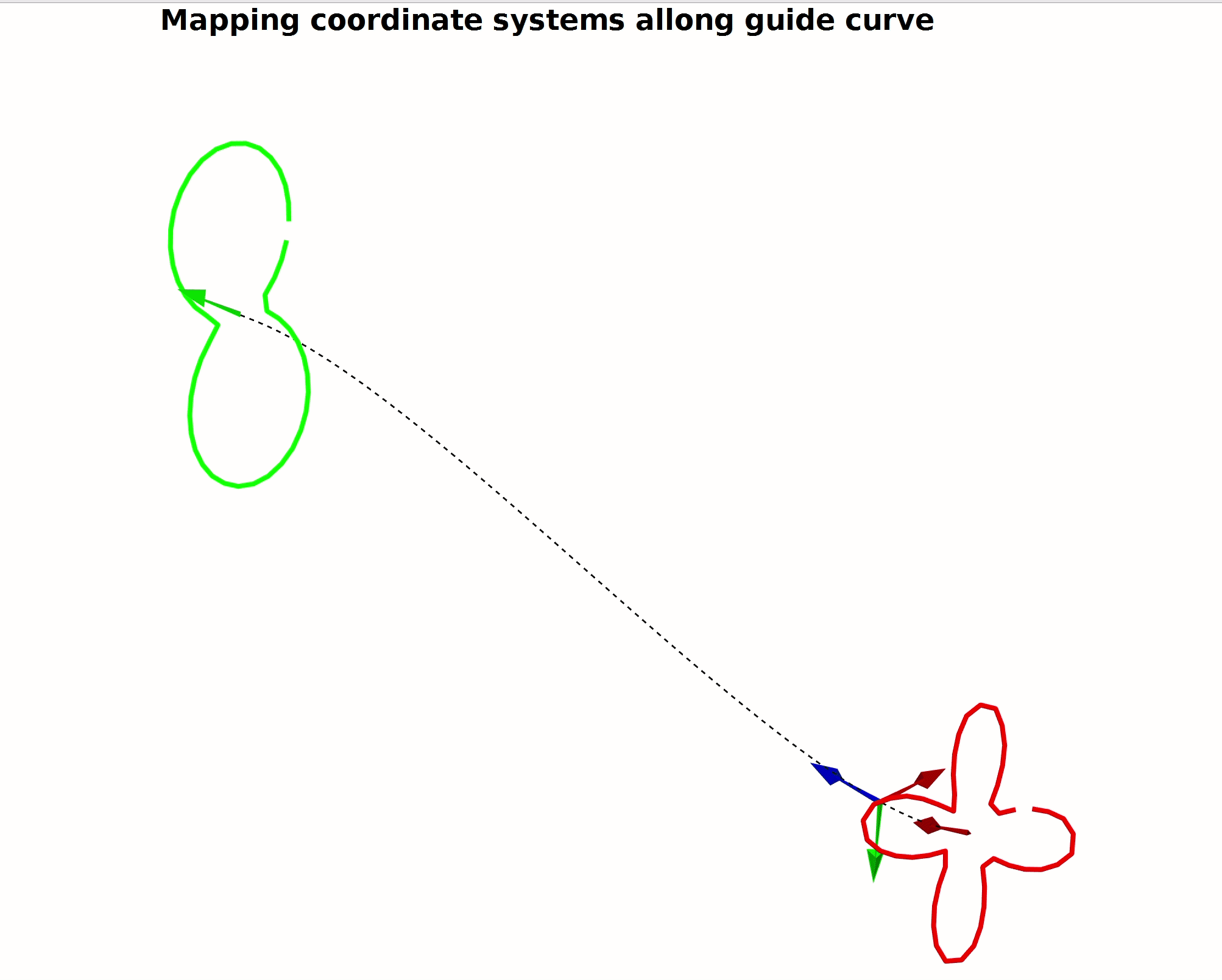
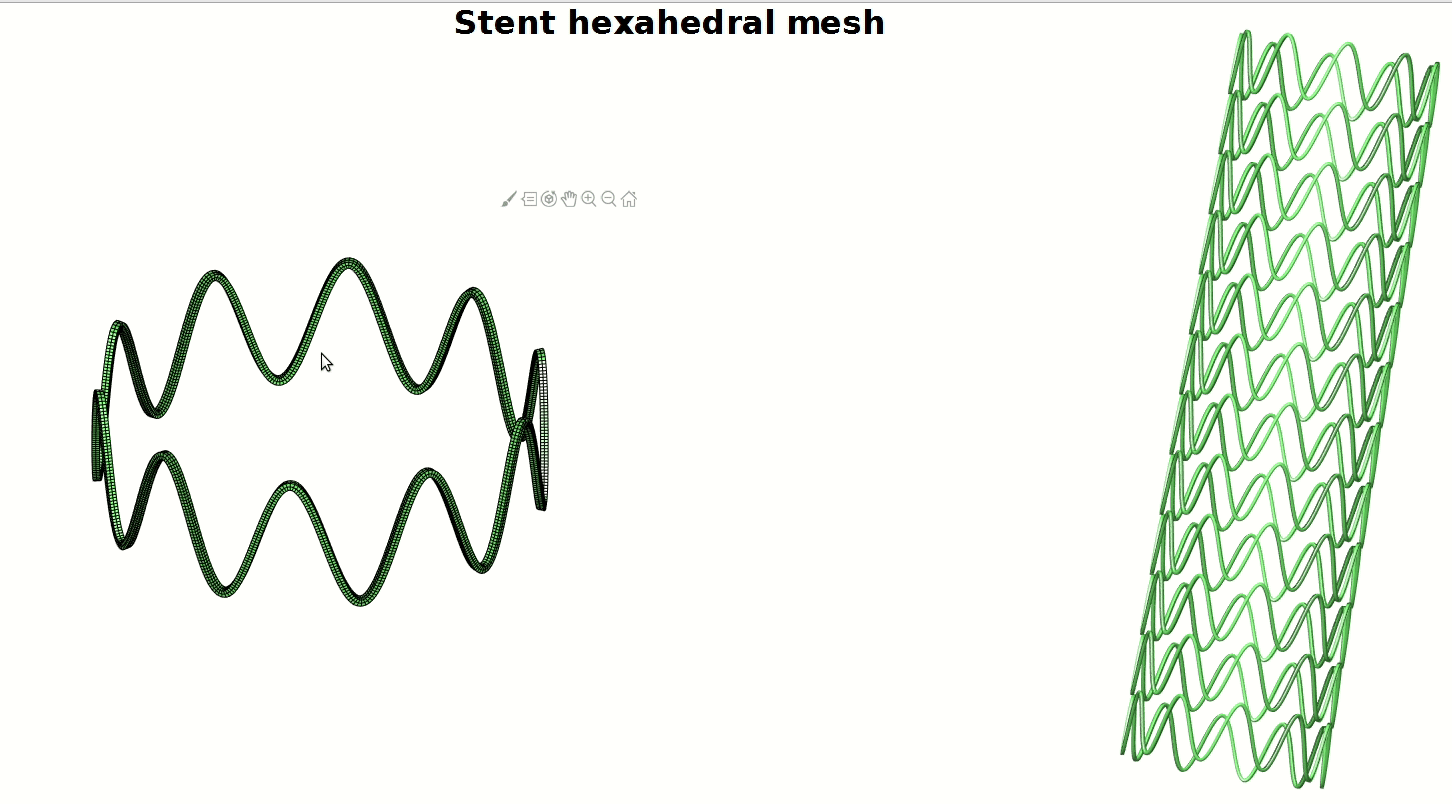
Surface meshing tools
2D multi-region triangular meshing (e.g. HELP_regionTriMesh2D and HELP_multiRegionTriMeshUneven2D), resampling meshes geodesically (DEMO_geodesic_remeshing), smoothing (DEMO_surface_smooth_methods), and surface mesh refinement (e.g. HELP_subtri, HELP_subTriDual and HELP_subQuad), mesh type conversions (e.g. HELP_tri2quad, HELP_quad2tri), and mesh dual computation (HELP_patch_dual). Geometries can also be exported to the STL format e.g. for computer aided manufacture and 3D printing.
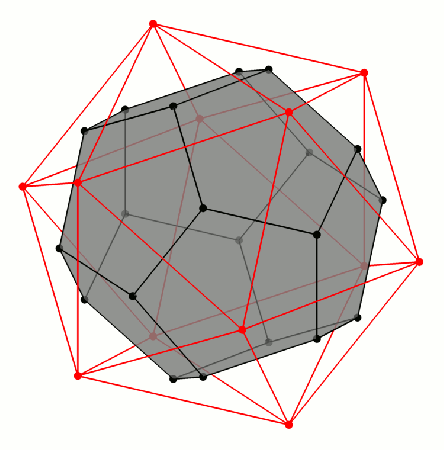
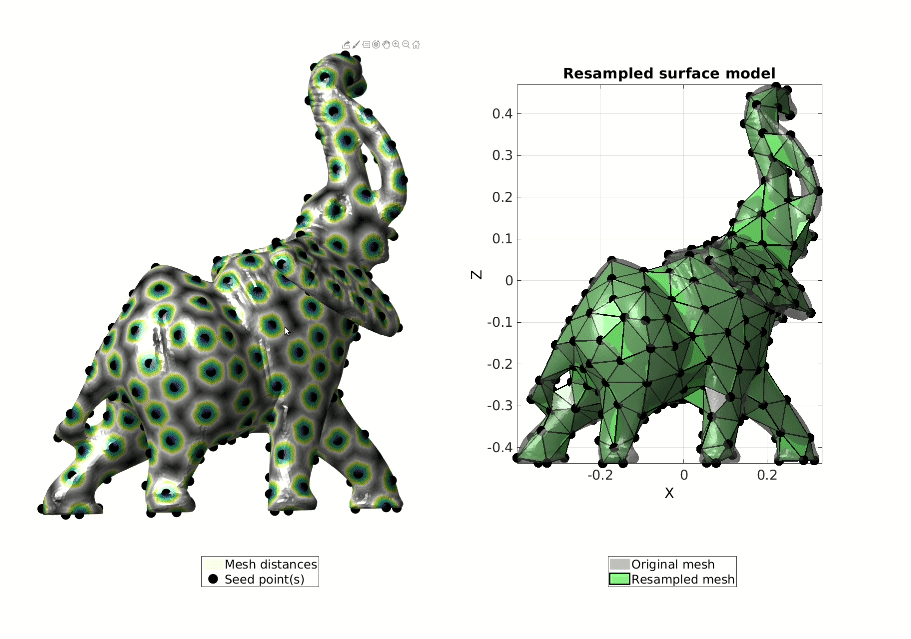
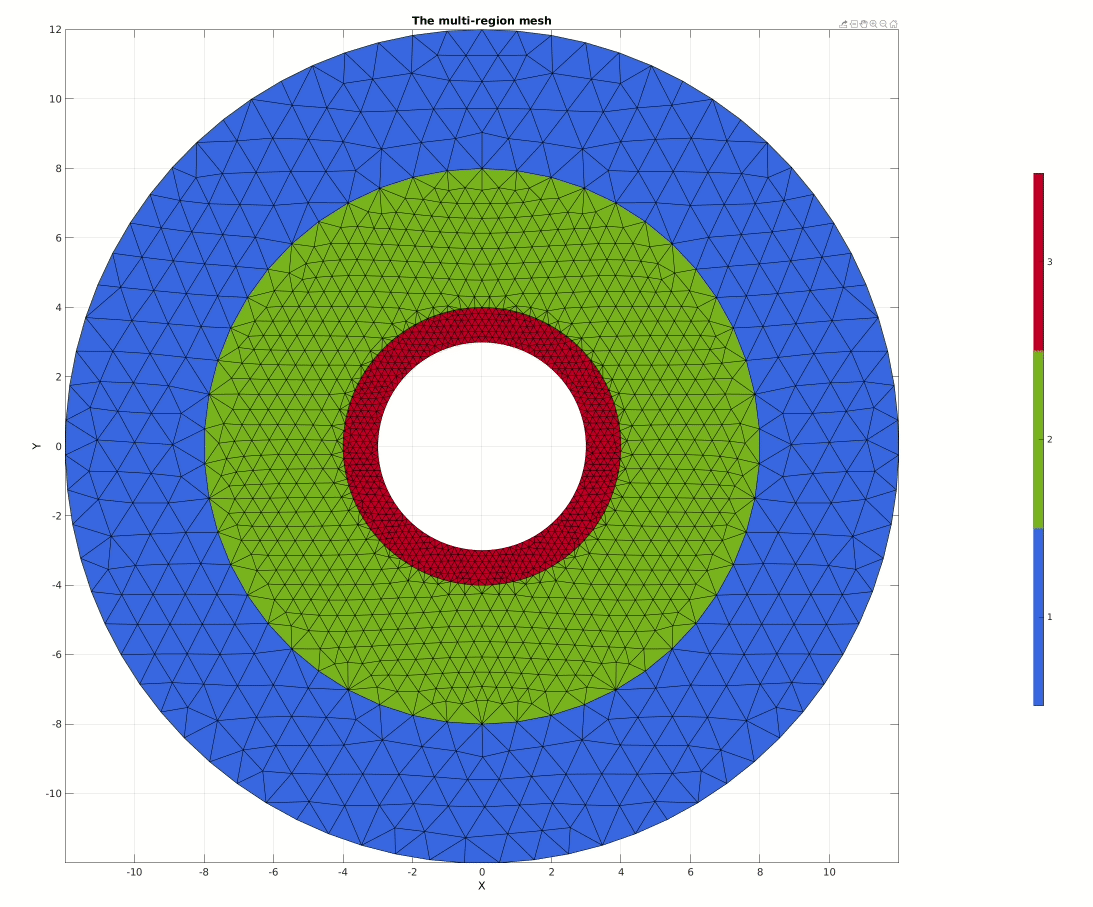
Volumetric meshing
Tetrahedral meshing (and constrained Delaunay tessellation) of multi-region domains is enabled through an interface with the TetGen package (HELP_runTetGen and HELP_constrainedDelaunayTetGen). Hexahedral meshes for some geometry types can be directly coded (e.g. spheres HELP_hexMeshSphere, boxes HELP_hexMeshBox and lattices HELP_element2HexLattice). For general input surfaces multi-region mixed tetrahedral-hexahedral meshing is also available (e.g. DEMO_MixedTetHexMeshing).
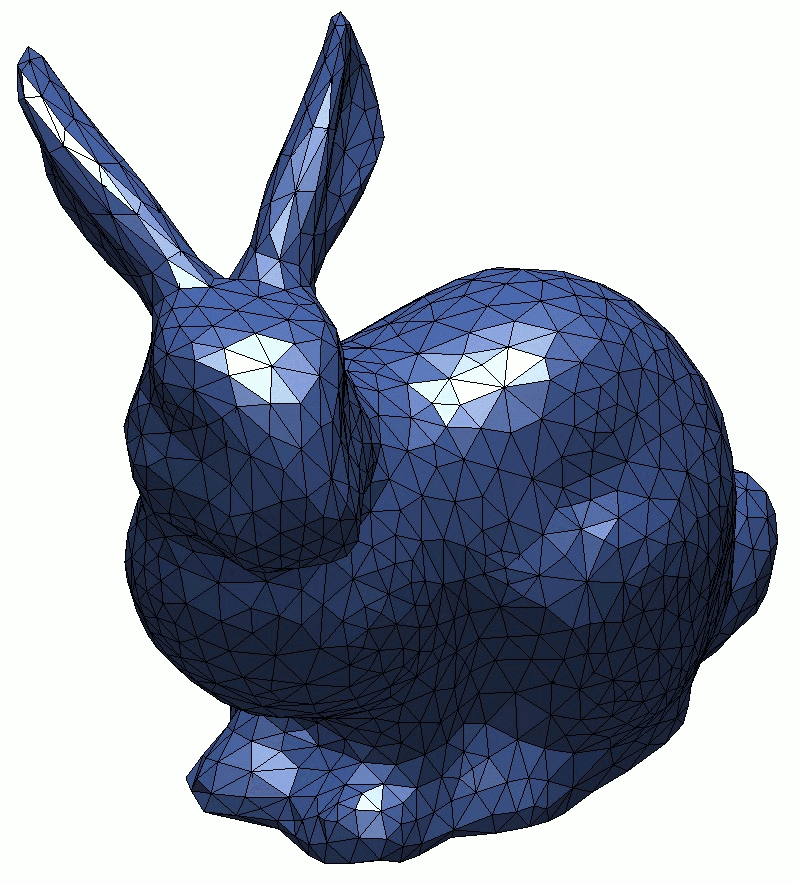

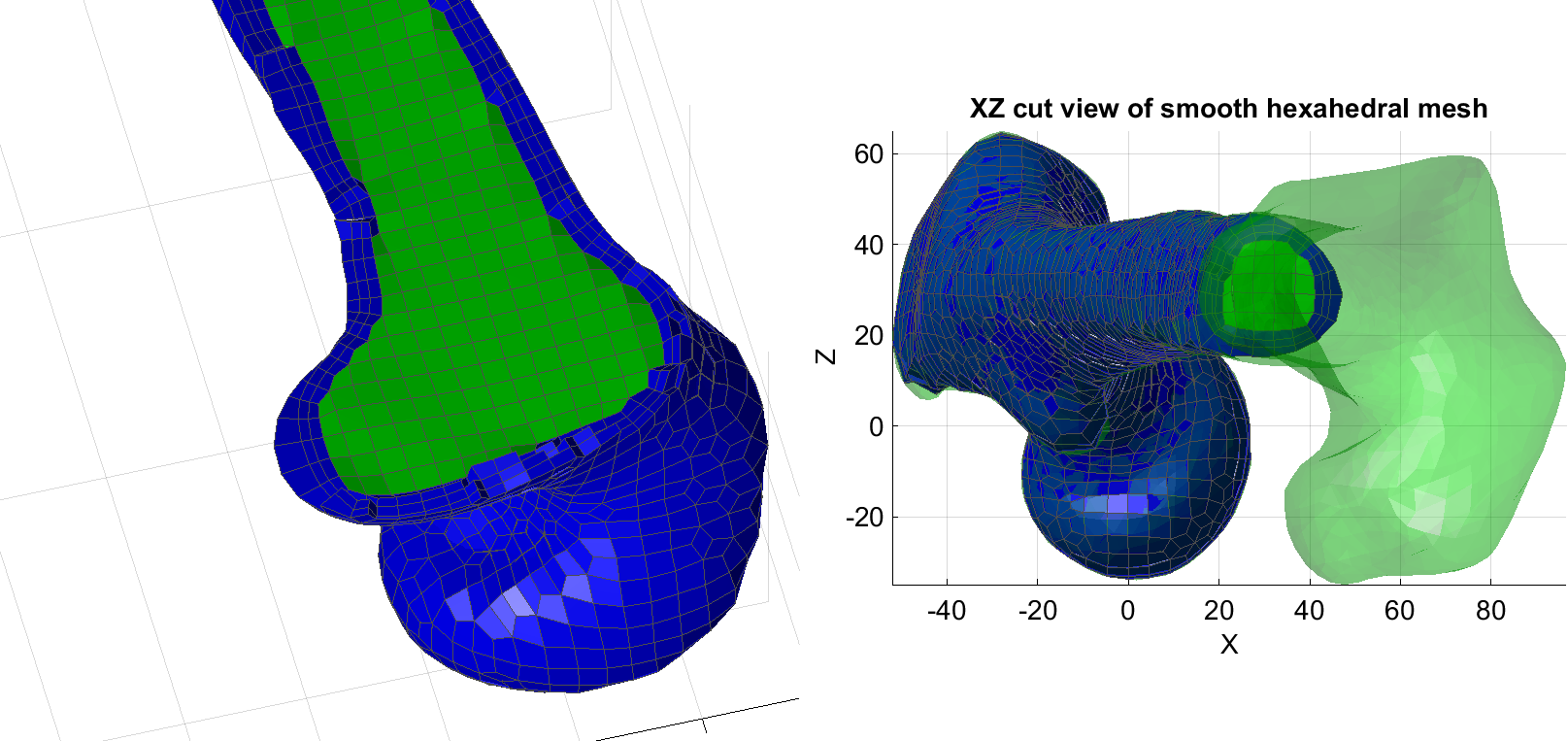
Lattice structures
One method to generate surface geometry for lattices is the use of triply-periodic functions (HELP_triplyPeriodicMinimal). Functions to convert element descriptions, such as tetrahedral and hexahedral elements, to lattice structures have also been implemented (HELP_element2lattice and HELP_element2HexLattice). These allow for the creation of 3D boundary conforming lattice structures on arbitrary input geometry. Exporting of hexahedral elements is also supported allowing for FEA on the created lattice structures (DEMO_febio_0026_hexlattice_compression).
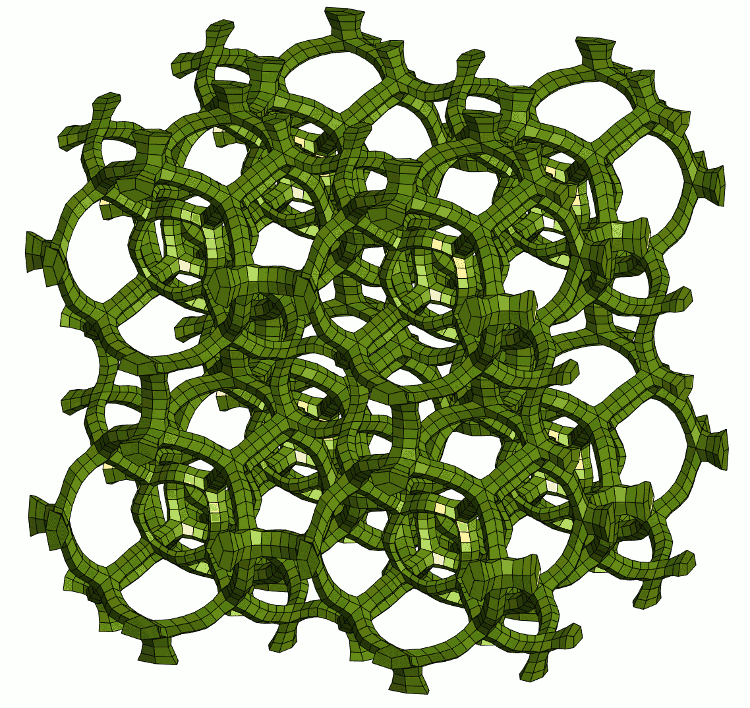
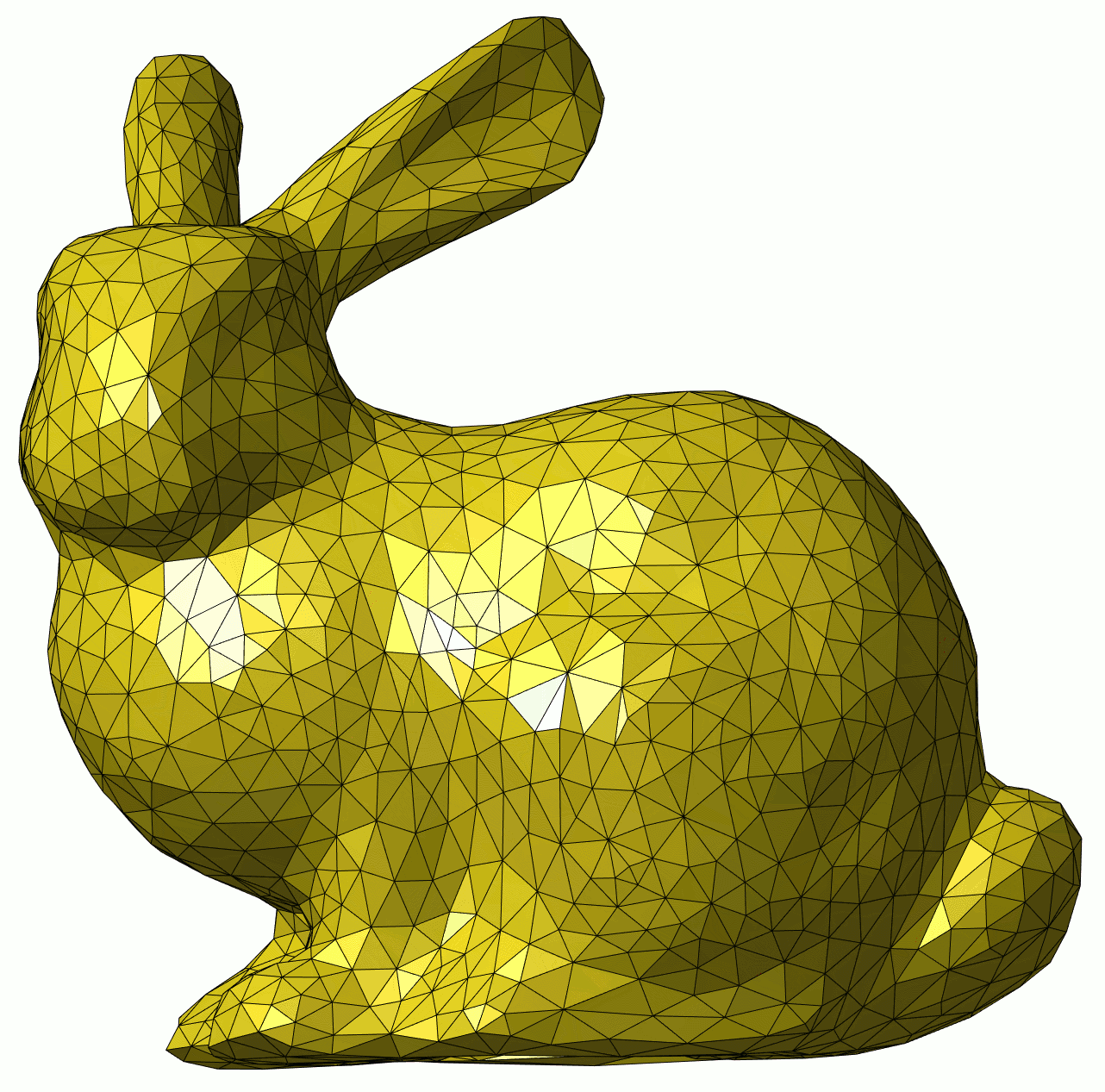
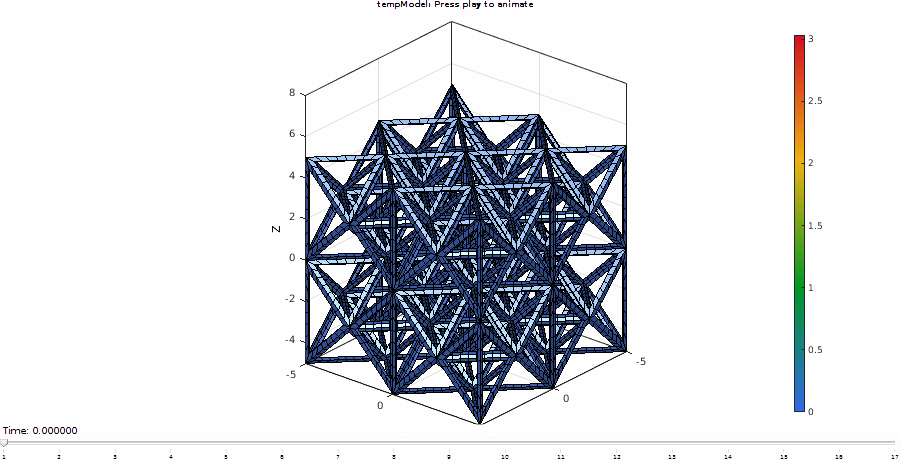
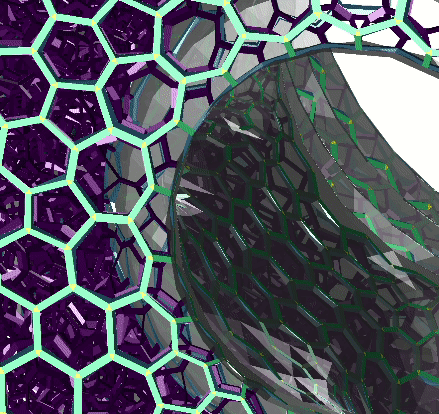
Finite Element Analysis
For finite element analysis GIBBON currently links with either the free and open source software FEBio or with Simulia ABAQUS. Both the FEBio and ABAQUS interface is based on MATLAB® structures. The image below shows the coding of a material section in a MATLAB® structure (top row) and how these components are represented in the input files for FEBio or ABAQUS (bottom row). Through this structure to input file conversion process any FEBio or ABAQUS functionality can be directly coded in MATLAB®.

FEBio
GIBBON can be used as a pre- and post- processor for FEBio as it enables code-based development of meshes, boundary conditions, and input files. FEBio files can be directly exported based on dedicated MATLAB® structures (HELP_febioStruct2xml). Furthermore, GIBBON can be used to start and control FEBio simulations. As such, iterative and inverse FEA (e.g. based on MATLAB® optimization routines) is also enabled. All DEMO_febio_... files are FEBio demos, e.g. DEMO_febio_0001_cube_uniaxial is a simple uniaxial loading example, and DEMO_febio_0042_inverse_FEA_cube_uniaxial is an example of inverse FEA.
The image below is for large strain analysis of a twisting bar and stems from the demo DEMO_febio_0004_beam_twist. Other demos cover tension, compression, shear, applied forces, applied pressures, applied displacements, bending, poroelasticity, dynamic and viscoelastic analysis, contact and indentation problems, multi-generational materials for pre-load analysis.
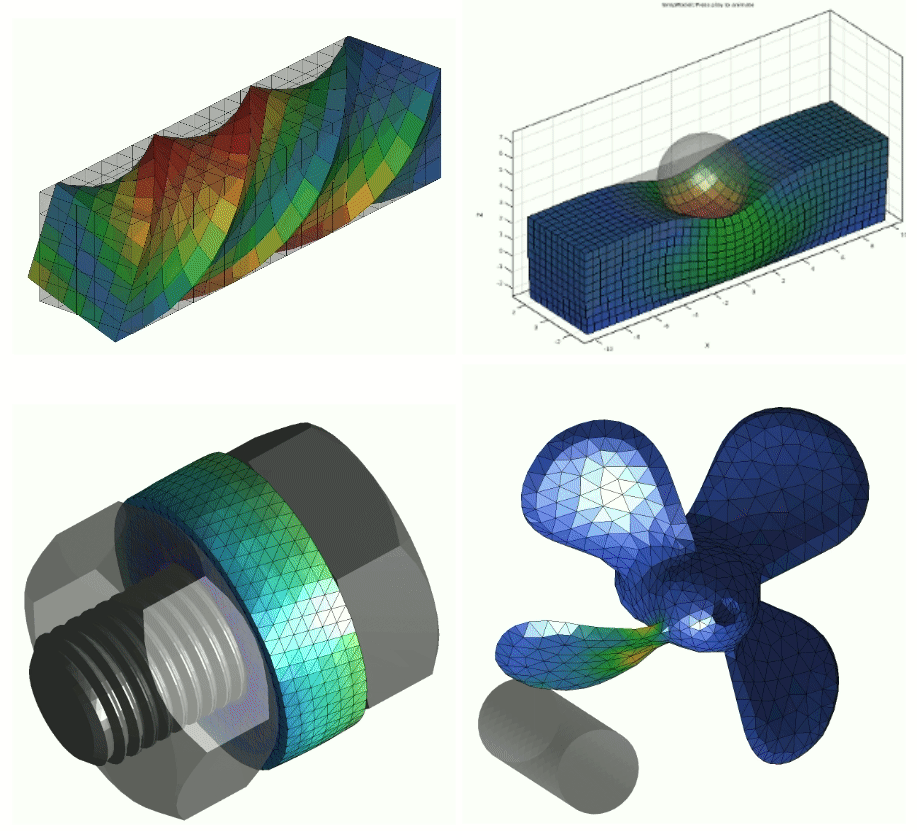
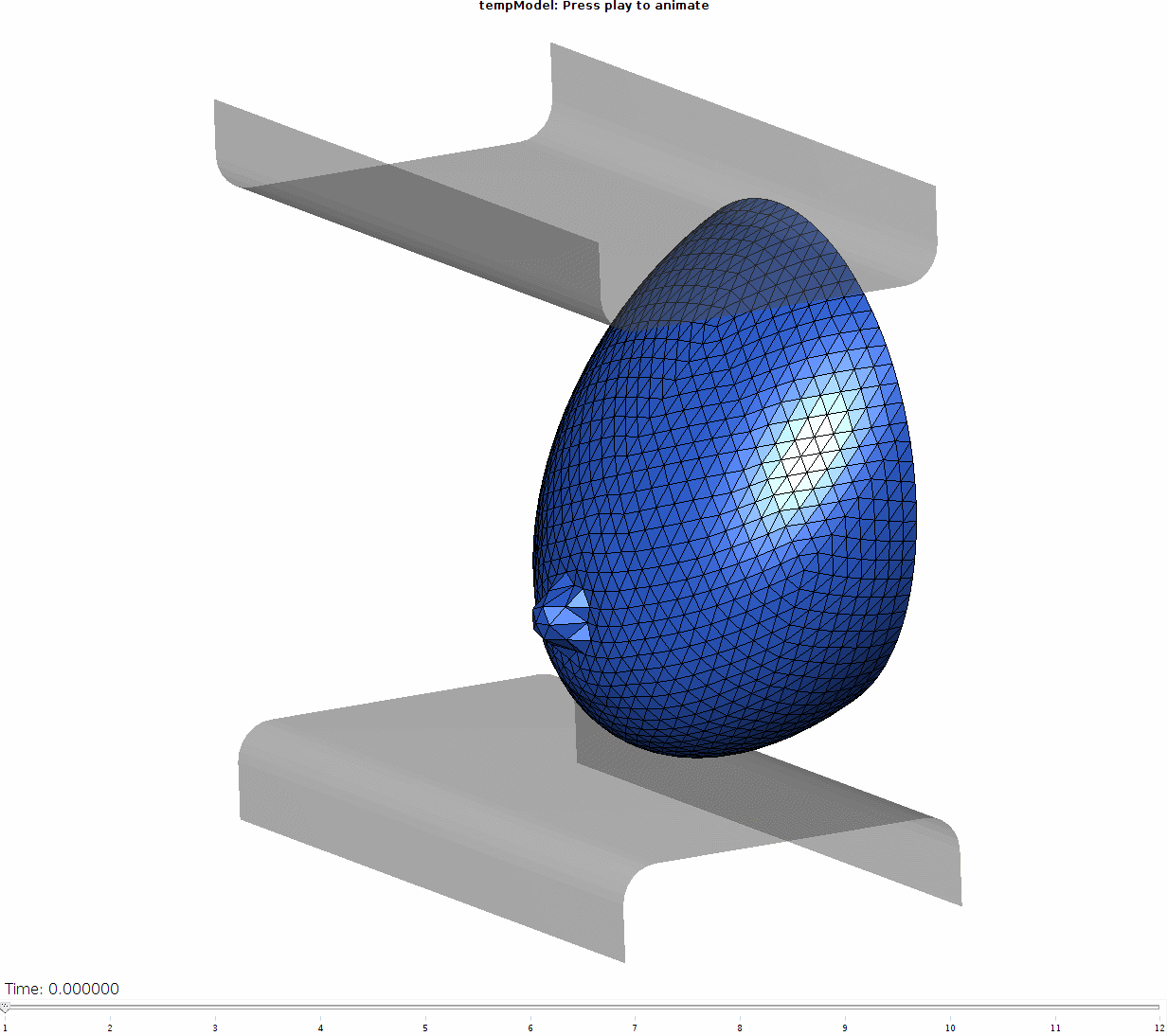
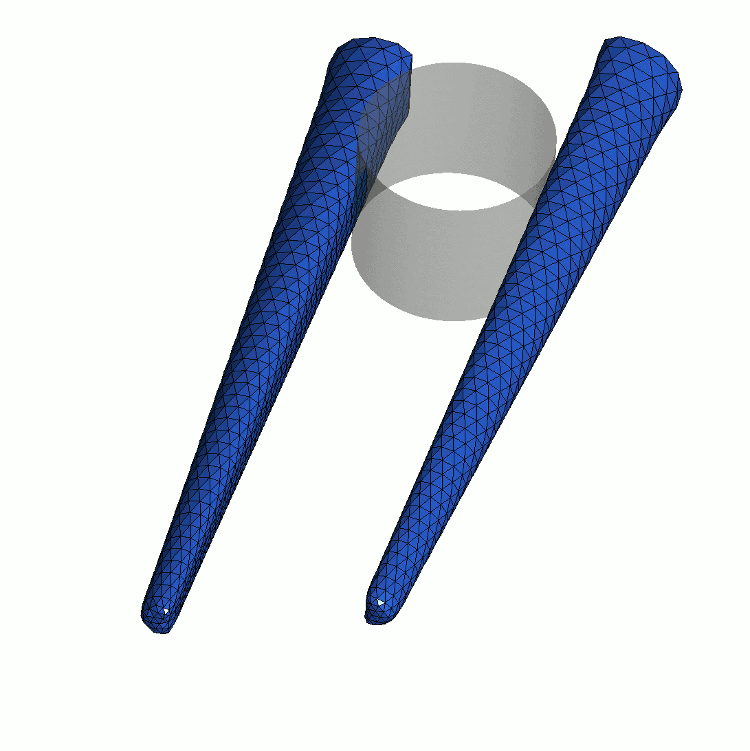
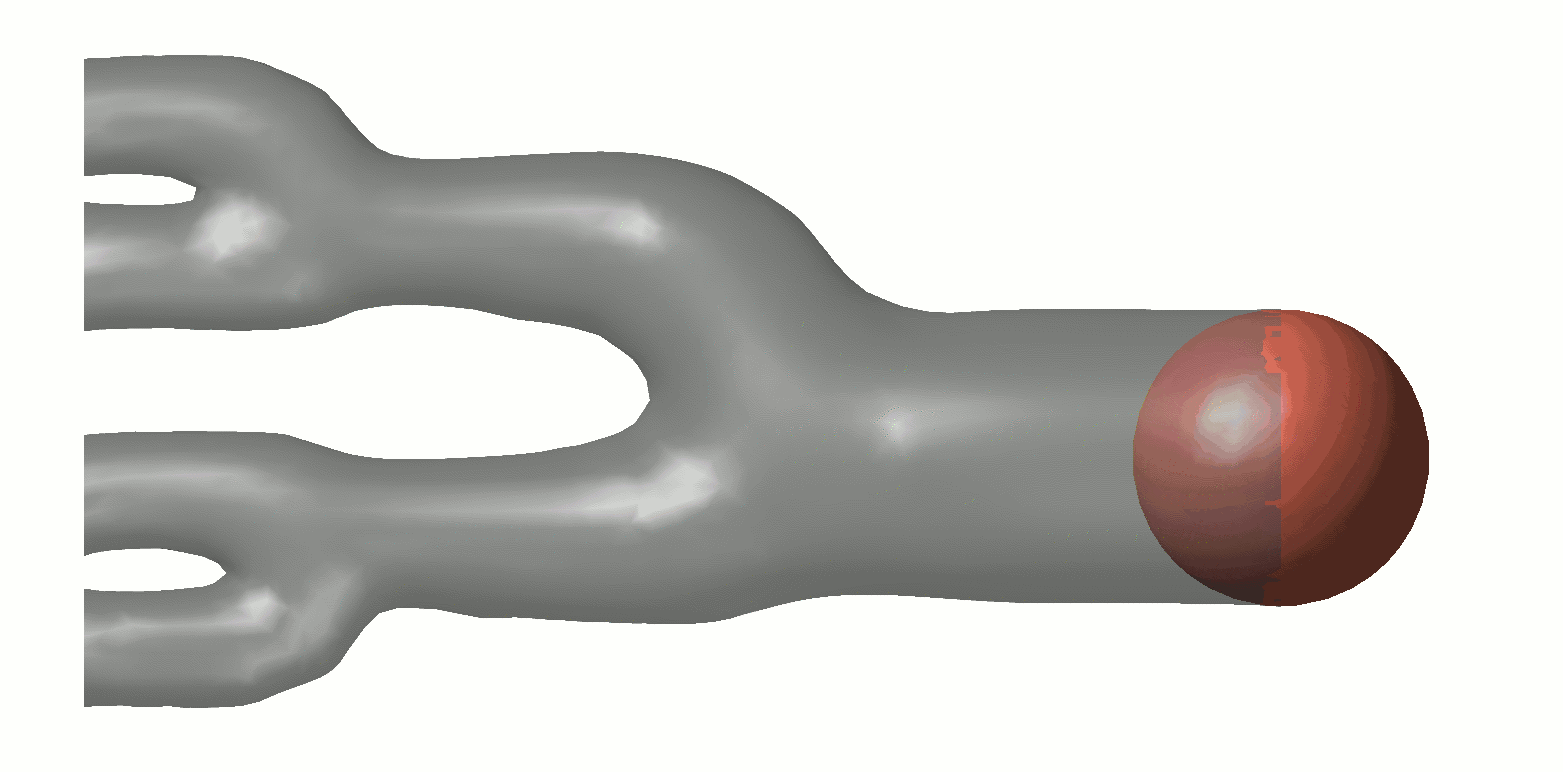
Abaqus
The interface for ABAQUS is a recent development. Users can look at HELP_abaqusStruct2inp to study how input files are coded. The demo DEMO_abaqus_0001_cube_uniaxial is for uniaxial loading of a cube and steps through geometry creation, setting up the ABAQUS structure, saving the .inp file, running the job, and importing the results for visualization. Data is imported into MATLAB® using importAbaqusDat which parses ABAQUS .DAT files.
Visualization
GIBBON expands the standard MATLAB® visualization capabilities by adding 3D image and voxel visualization (HELP_im2patch and HELP_sv3), meshed geometries (HELP_gpatch and HELP_meshView), finite element models (HELP_element2patch), and colormapped vector data (HELP_quiverVec), and all visualization methods enable multiple colormaps to be used in each figure or axis window. Furthermore GIBBON offers a custom figure window cFigure containing 3D rotation options (HELP_vcw) that mimic CAD behavior of 3D scene rendering, and high quality figure exporting options (HELP_efw). Advanced graphics animation creation and exporting capabilities through a figure window based GUI are also enabled (HELP_anim8).
GIBBON uses a custom figure type called cFigure. It contains a white background, is maximized by default, and includes a view control widget (vcw) and an export figure widget (efw). The vcw function enables 3D view control similar to CAD packages. Rotation, zooming, and panning can be performed using a 3 button “mouse” (or equivalent input device), e.g. middle-click rotates the view, left click drags/moves the view, right click allows zooming in and out.
| GIBBON | Classic MATLAB |
|---|---|

Setting up GIBBON
See installation.
